Derrel
Mr. Rain Cloud
- Joined
- Jul 23, 2009
- Messages
- 48,225
- Reaction score
- 18,941
- Location
- USA
- Website
- www.pbase.com
- Can others edit my Photos
- Photos OK to edit
Try a smartphone light metering app before deciding you need to spend $100 to $300. I had one for my iPhone a few years back..it worked splendidly...dead-on accurate compared against an expensive Minolta flash/ambient meter in reflected light mode...don't kid yourself: a smartphone is a sophisticated device, MUCH more-so than older, 1980's technology found in reflected light meters from Sekonic or Gossen or Minolta, and PLENTY capable of giving accurate, reliable readings, with the added bonus of an easily-seen metering area, AND in the case of the app I had, capable of snapping a photo of the metered scene, with the metering bracket area shown in the photo, with the ISO, f/stop, and shutter speed recommended as part of the photo. In other words, far more advnaced than a traditional light meter: the ability to SHOOT a picture of the metered scene, with the data saved as part of the photo...perfect for creating a library of scene shots and recommended exposures.
Exposure metering is not terrifically difficult; a smartphone application can EASILY match the accuracy of any hand-held reflected light meter I've ever owned, and the degree of precision, with the AF-square-like bracket area showing what is being metered? That's better than traditional, non-spot-meter types of hand-held meters. Not sure why, but I have seen a lot of bias here against smart phone metering apps...my experience is completely opposite...I prefer the smart phone app to old-technology reflected might metering.
Exposure metering is not terrifically difficult; a smartphone application can EASILY match the accuracy of any hand-held reflected light meter I've ever owned, and the degree of precision, with the AF-square-like bracket area showing what is being metered? That's better than traditional, non-spot-meter types of hand-held meters. Not sure why, but I have seen a lot of bias here against smart phone metering apps...my experience is completely opposite...I prefer the smart phone app to old-technology reflected might metering.


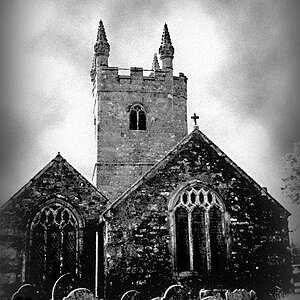
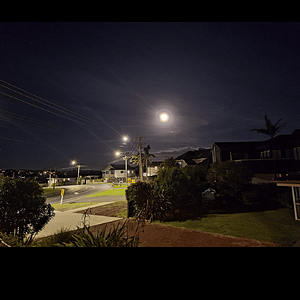
![[No title]](/data/xfmg/thumbnail/35/35215-cb01ff31834a4ee952045622f00781a5.jpg?1619736952)
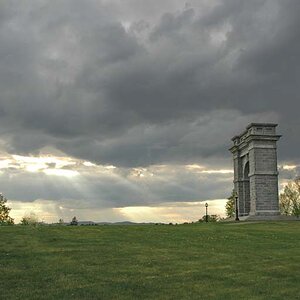
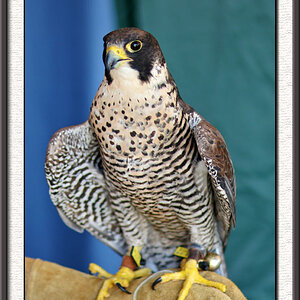
![[No title]](/data/xfmg/thumbnail/40/40285-2ce5915035c220ccb3485030863b62d0.jpg?1619739408)
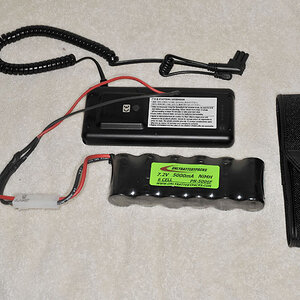
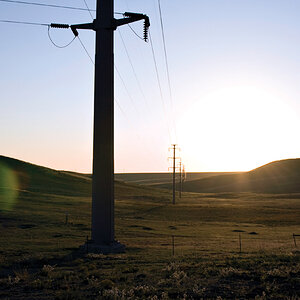
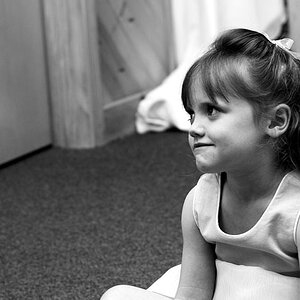
![[No title]](/data/xfmg/thumbnail/40/40287-4f839095000f74d779b90ed75df9dc62.jpg?1619739408)
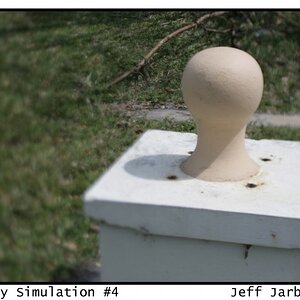
![[No title]](/data/xfmg/thumbnail/40/40286-86401b94de8b01bea8bb4ea154aaea0a.jpg?1619739408)